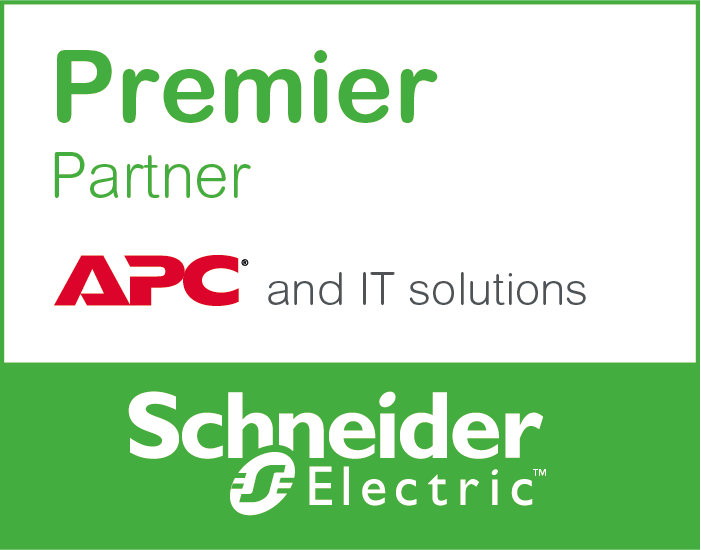UPS batteries: is it time to go Li-ion?
Lithion-ion (li-ion) battery prices have decreased over the years to the point where they are now a viable alternative to VRLA (valve-regulated lead. But are they any better? Read our white paper and learn about the differences, advantages and more. acid) batteries.
How an APC Smart-UPS Lithium-Ion UPS Battery Can Significantly Cut Your TCO
When you’re making a technology purchase decision, thinking about Return on Investment (ROI) can help you and others consider whether the solution is worthy of budget. But that’s not the only time when ROI is useful. It is important to challenge yourself to look beyond just the initial spend and consider the ROI based on Total Cost of Ownership (TCO) to help you make more accurate projections of costs and benefits the next time you make a purchase. Accurate TCO-based ROI calculations help you build trust among those controlling the purse strings and ultimately make your case for future technology funding stronger.
![]()
That is why I’m always excited to share solutions with customers that not only bring them technological advantage, but also help them realize substantial cost savings for their business. One such solution can be found in Lithium-Ion (Li-ion) battery technology for APC Smart-UPS Li-ion offers. We’ve previously made reference to how advances in UPS battery technology deliver a lower total cost of ownership for UPSs, and in this blog, we’ll go into some depth on just why that is the case.
The return hinges on the use of Li-ion batteries over traditional valve regulated lead acid (VRLA) batteries in UPSs. Li-ion batteries offer several advantages vs. VRLA including far longer life expectancy, greater capacity and less weight. For some companies, these advantages can deliver TCO savings up to 35% and with APC Smart-UPS these savings can be as high as 53%. Let’s take a deeper dive into how we yield these cost savings.
UPS basics: The Difference Between VRLA and Li-ion Batteries
First and foremost, in the TCO discussion is the fact that Li-ion batteries last far longer than VRLA batteries without performance degradation. Typically, a Li-ion battery will match the life expectancy of the UPS itself, about 10 years. That effectively means never having to change the UPS battery, which means you save not only on the cost of the battery, but also on the labor involved in replacing it.
Part of the reason for their longer life is that Li-ion batteries can tolerate higher temperatures than VRLA batteries – up to 40°C (104°F) – without performance degradation.
Li-ion batteries are about 1/3 lighter than VRLA batteries, which also provides advantages. Many customers find they have to reinforce floors in rooms that house multiple racks with VRLA UPSs, adding construction costs. In such cases, that alone can make a Li-ion-based UPS the more economical option in terms of TCO.
VRLA still has its place – for now
To be sure, not every company is going to want to pay the additional up-front capital cost for a Li-ion-based UPS. But for those with multiple remote sites, such as retailers or large enterprises with many branches that don’t have IT staff, the maintenance-free Li-ion UPS likely makes perfect sense. Smaller companies with just one or two local sites may find traditional VRLA UPSs provide the better ROI for their needs.
TCO comparison: VRLA UPS vs. Li-ion
To see just how the TCO calculation plays out in practice, let’s look at the 10-year TCO for an APC Smart-UPS Lithium-ion On-Line UPS vs. a Smart-UPS Lead Acid model. Both have a rated power capacity of 1000VA. We’re also assuming an operating temperature of 25°C (77°F).
In this example, the purchase price for the VRLA model may be half the price for the Li-ion model. But, as you’ll see, that’s just the beginning of the story.
First, to match the capacity of the Li-ion UPS, you’ll need an external battery pack with two batteries attached to the VRLA UPS, at an additional cost. And given the life expectancy of a VRLA battery operating at 25°C is about 4 years, over the course of 10 years you can expect to replace each battery twice, including the externals. Factoring in the cost of the six batteries and labor, that comes to a higher spend over time.
While, on the Li-ion UPS side, you have a higher initial capital expense, then we add in – nothing. That’s right, nothing: no battery charges, no labor charges, nothing, because the Li-ion battery’s life expectancy is the full 10-year period of our TCO calculation.
So, the net result is the VRLA model could typically cost nearly 53% more than the Li-ion model over 10 years, making the Li-ion model the better investment over the longer term.
Learn About the Benefits of Smart-UPS with Lithium-Ion Battery Technology
Since keeping an eye on ROI and controlling TCO is important to overall operations, it is time to learn more about Smart-UPS Li-ion UPSs and their fit in your organization. Read our complimentary white paper # 266, “Battery Technology for Single Phase UPS Systems: VRLA vs. Li-ion.” I think you’ll agree that given all the technological benefits that a Li-ion UPS provides and the fact that it has a lower TCO means that this solution brings both cost savings and Certainty in a Connected World. Further explore the benefits of APC Smart-UPS with Lithium-Ion battery technology for your business.
* Reference cerdit: APC Blog



